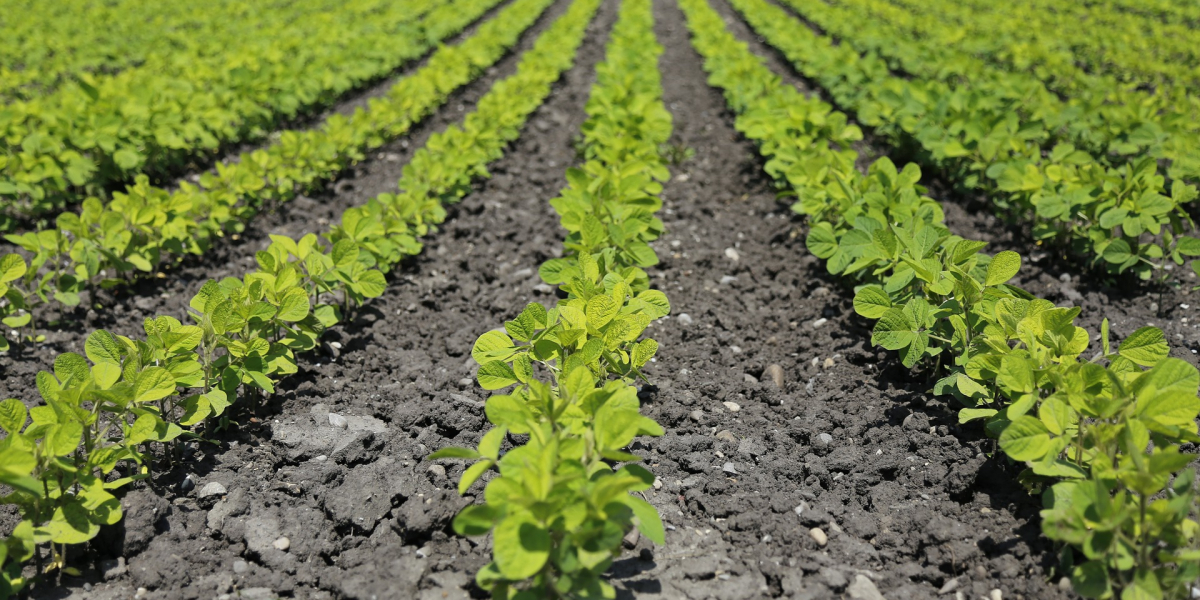
August 8, 2017
The Food-Environment-Health Interface
Ask the person next to you to name an important economic sector where human health, the environment and the economy are closely linked, and there’s a good chance they’ll respond with food production. Canadians produce a lot of food (for our own use and for export) and we both rely on and impact nature in doing so.
These important links are exactly why the United Nations Economics of Ecosystems and Biodiversity Agriculture and Food initiative (TEEBAgriFood) is taking a whole systems approach to the agrifood sector, in order to identify how we can better manage natural capital, ecosystem services, and environmental and health externalities in globalized food supply chains. A TEEBAgriFood workshop was held in Toronto this Spring – here is our takeaway on why this is especially important for Canada right now.
Agriculture makes significant use of natural capital inputs (such as wild pollinator populations and water), but it also contributes to pollution, environmental degradation and health externalities. All three of these themes are high on the Canadian policy agenda: policy-makers are busy shaping the next generation of agrifood policy for Canada (environmental sustainability and climate change is a priority area in the upcoming third Federal/Provincial/Territorial agricultural policy framework), and agrifood is a high priority sector in the 2017 federal budget for economic development and clean innovation.
The TEEBAgrifood workshop explored a number of important ideas for Canada, including: 1) the need to take a holistic approach to setting policy that focuses on more than just the quantity of food produced, 2) the role of full cost accounting in making non-marketed or “invisible” natural capital and ecosystem benefits (and pollution costs) from food production visible to decision makers, and 3) the need to support farmers in the transition to sustainable food systems.
Where SPI comes in
These issues are also top of mind for us at SPI. Our Linking Natural Capital and Productivity (NKP) project is looking at these types of connections in the forestry sector and we’re participating in the Natural Capital Lab, which is exploring how to encourage public and private decision-makers to think about natural capital impacts (and contributions) in their decisions.
The workshop provided lots of food for thought (pun intended) on policy research directions for the Canadian agrifood sector. In particular, it points to some interesting possible extensions of our NKP project from forestry to agrifood. For instance, project team members from the Centre for the Study of Living Standards have looked at partial productivity metrics for the natural resource sectors. For the agricultural sector, they looked at water productivity and GHG emissions intensity. They found that the Canadian agricultural sector has increased its water productivity by approximately 3% per year from 1990-2012, whereas GHG emissions intensity declined at a rate of less than 1% per year over the same time period. Looking at more non-marketed natural capital inputs and/or pollution output would be an interesting next step.
The bigger picture
TEEBAgriFood also raises some broader questions, such as:
Although the conversation on priority next steps is ongoing, the TEEBAgriFood conference has given plenty for us to chew on.